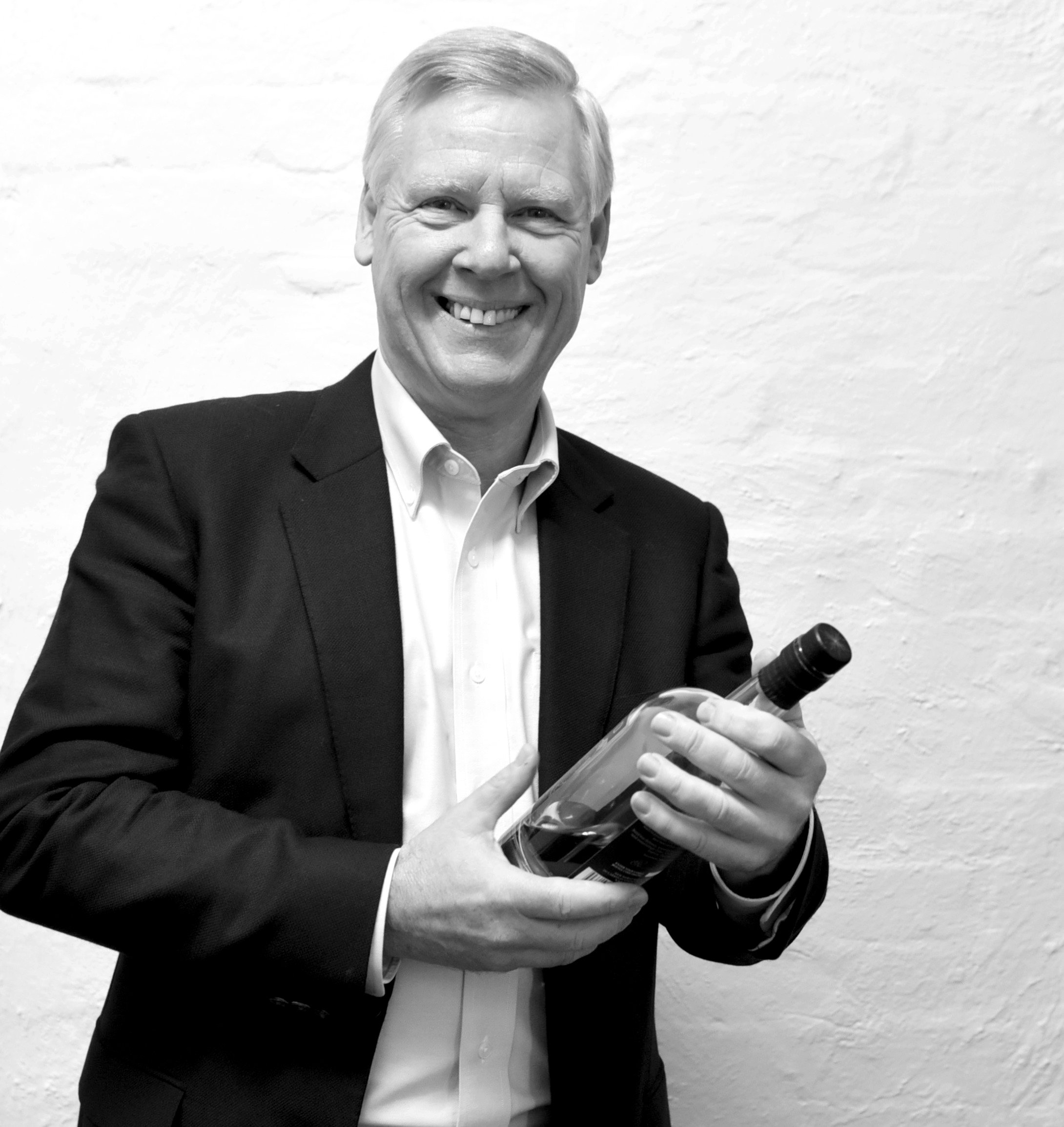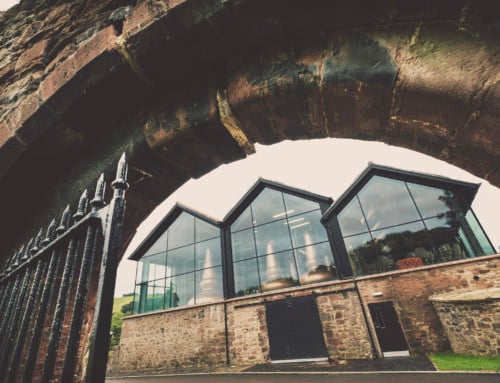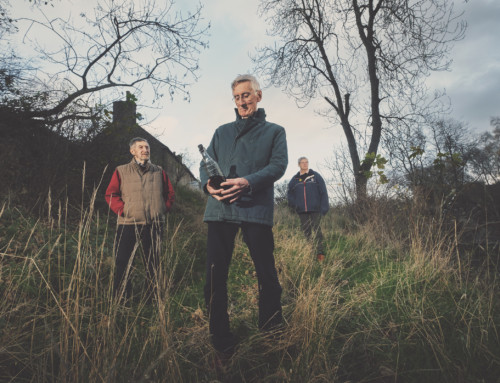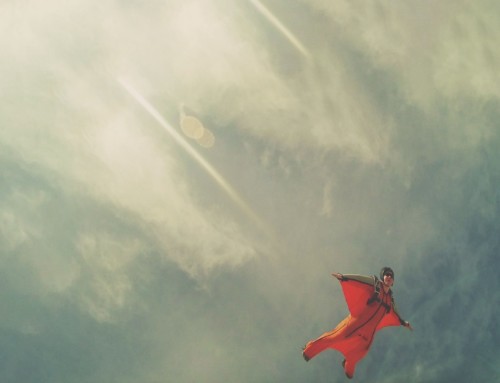I’ve always thought of the SMWS as the ultimate whisky social club. A place where like-minded and flavour-obsessed whisky appreciators can get together at our events, our Partner Bars, or in their own homes and enjoy the diversity and range of single cask spirits from the Society. As part of visualising that goal, every couple of months I’ll be sitting down with a Society member and we can ‘Meet a Member’ and talk to those about their journey in the water of life! A short while back I had the pleasure of meeting our youngest member, Jack Berry. This month, it’s Chris Middleton.
Meet Chris: A spirits industry veteran and trailblazer, co-founder of STARWARD Distillery, and Scotch Malt Whisky Society member since 2010, I snared a moment in his busy schedule to talk about his journey in spirits:
Matt Bailey: Lovely to share a dram with you, Chris! When did you first join the Society and what can you tell us about your first ever Society encounter?
Chris Middleton: I met the Australian SMWS’s Cellarmaster, Andrew Derbidge, on a trade panel about seven years ago and he encouraged me to join. Since then I’ve been a regular at events, introducing family and friends to this great whisky resource.
MB: You’ve been in the spirits industry for 30 years in Australia and internationally. What do see as some of the biggest changes in your professional history and challenges ahead?
CM: Today, it’s a very competitive environment due to the proliferation of new brands, endless line extensions, major increases in distilling capacity and production, almost exclusively serving the smaller premium and super premium segments of the whisky category. Industry consolidation is also relentless in Australia and internationally as major producers, distributors and retailers fall into few hands. On the counter side, there’s the recent explosion in new distilleries, mostly nanos and micros. This means whisky drinkers, have an unprecedented selection of styles, range, quality and value, from both from large global distilleries to small local operators. What’s a Maker’s challenge (breaking into and through the clutter) is to a Drinker’s benefit (greater competitive choice and value).
I have been fortunate to work with many of the world’s leading spirits companies and brands in Australia and globally. Jack Daniel’s family of brands, blended scotches like Ballantine’s, J & B and a few malts, plus other spirit categories such as Hennessey cognac, Smirnoff vodka, Baileys, Tai Maria, etc. In malt whisky, until recently brand owners invested little or only sporadic support as this niche is still quite small. Although twenty years ago, Australians were only buying 32,000 cases of malt a year, of which Glenfiddich held two-thirds of the sales. Today, malts have increased tenfold, so to the number of labels. Malts are still only around 7% of total whisky sales here, so the future looks very promising as more drinkers are immigrating into malts and to premium spirits.
The whisky industry can be professionally rewarding, but it is also a very tough business with many thousands of brands and most of the global market leaders have one hundred and fifty years head start. Add the near 1,000 micro-whisky distilleries that have recently mushroomed in the five Anglo whisky-producing countries, not including independent bottlers and whisky markers this proliferation is intensifying, while global whisky sales forecast 1% per growth annum. I advise all newbie distillers: the easiest part is making a good whisky. The hardest part is selling it.
The world of whisky is always in constant change with new cohorts entering, existing ones evolving and liquor producers relentlessly advancing with improvements to liquid quality and their marketing executions. There will always be challenger brands that start breaking through the herd. Finding those meaningful points of difference, then remaining true to them is the secret to building successful whisky brands.
MB: You were instrumental in your role at New World Whisky Distillery, now best known as STARWARD. What were those early days for the now-iconic Australian distillery like?
CM: I described that period in my career as going from the biggest to the smallest. It was quite an adventure, sometimes a roller coaster ride when you start a commercial whisky business from scratch. I had been looking at starting a distillery in Australia when I worked in the US. It seemed practical to team up with Bill Lark and his general manager David Vitale who were looking to establish a mainland distillery. Working with the inimitable David Vitale, our goal was to create an affordable good quality whisky, consistently. One of the key business drivers was to produce a modern, Australian whisky with a distinctive and appealing flavour profile, starting with malt. Building a successful whisky brand takes at least a generation or two to realise, so we have we have a long way to go … fortunately, NWWD has a strong, committed and smart team. We are making good strides in production, liquid enhancements and most importantly, in sales. In November, after seven years we outgrew our Essendon Fields facility and moved to our new larger capacity distillery at Port Melbourne. We are seeing STARWARD whisky establish a healthy foothold in Australia’s premium whisky category with trade and consumers. We’re continuing to head the right direction with STARWARD, but we’ve still got a long way to go. We have started limited distribution in the UK; however, our transnational strategy focuses on the US. We’ve been preparing this launch for over two years, aiming to enter select West Coast markets. Our biggest problem is insufficient inventory to meet future demand. So we have more than doubled production at Port Melbourne and are looking to further expansion.
MB: What can you tell us about Whisky Academy and its goals?
CM: Purely B2B stuff, consulting projects with international and domestic spirits companies, some start-ups too. Work ranges from business management practices, corporate and business planning, formulating new products and developing growth strategies, across to market and brand development assignments. Some assignments can be historical, such as reporting cask wood programs in the 19th century Scotland for recreating old whisky styles. Most companies are trying the future-proof their brands, so this work tends to trend analysis and to create preferred futures for the business. Another area is providing financial advice on acquisitions and investment, portfolio management, trademark cases, to investigating distillery assets and planning options. Writing about whisky and spirits is the third leg of the stool. Notably, for spirits trade magazines and journals like the Whisky Magazine and the occasional consumer publication like the Explore series (Whisky, Rum, etc.) I developed as Australian guide for curious, premiuming liquor drinkers.
MB: In between serving on boards and advising whisky start-ups, when you find the time to sit down with a dram, what’s the flavour profile you often lean towards?
CM: Over the decades I’ve been conscious my sensory preferences have changed markedly. In the 1980s and 1990s, I had a fondness for peated and sherried whiskies, along with cognac. In the noughties, it was bourbon and ryes that took favour, along with dabbling in rum. Today, I like to think I’m a brown spirit agnostic, although my preferences are now for higher proof whiskies. So SMWS cask strength whiskies certainly fit the bill perfectly.
MB: In your travels either in Australia or the world, are there any SMWS venues or Partner Bars that have amazed you that you might like to share with other members?
CM: As we crossed paths at the Melbourne airport just last month, you know I visited Whisky & Alement the week the Society opened its SMWS room upstairs as the Melbourne Whisky Room. To me, great whisky bars need quiet zones, so this is a good move to have a discerning area where whiskies can be appreciated. I also remember SMWS’s first Australian partner bar at the Royal Exchange Club of Sydney. The Royal Exchange is a quiet place for whisky. [We no longer operate with TRE, but it’s an important historical point nonetheless – MB]
MB: What’s next for you? Any small or big projects on the boil you can share?
CM: Consulting work, writing and STARWARD continue to occupy my attention. One day, I hope to get back to my tome, the history of whisky distilling Australia since the First Fleet. I stopped over four years ago when I reached World War II. At over 500 pages to-date it speaks to the rich whisky industry Australia had until the 1980s. This was also a period when Australia was the world’s fourth largest producer and exporter of whisky. During this time an Australian malt whisky label was the most popular whisky brand in the country. An extraordinary and unique achievement, as Australia was the UK’s largest export market for Scotch whisky from the 1870s to 1938.
MB: Thanks for taking the time to talk and meet with our members Chris. Always a pleasure.
CM: Likewise and best wishes!








